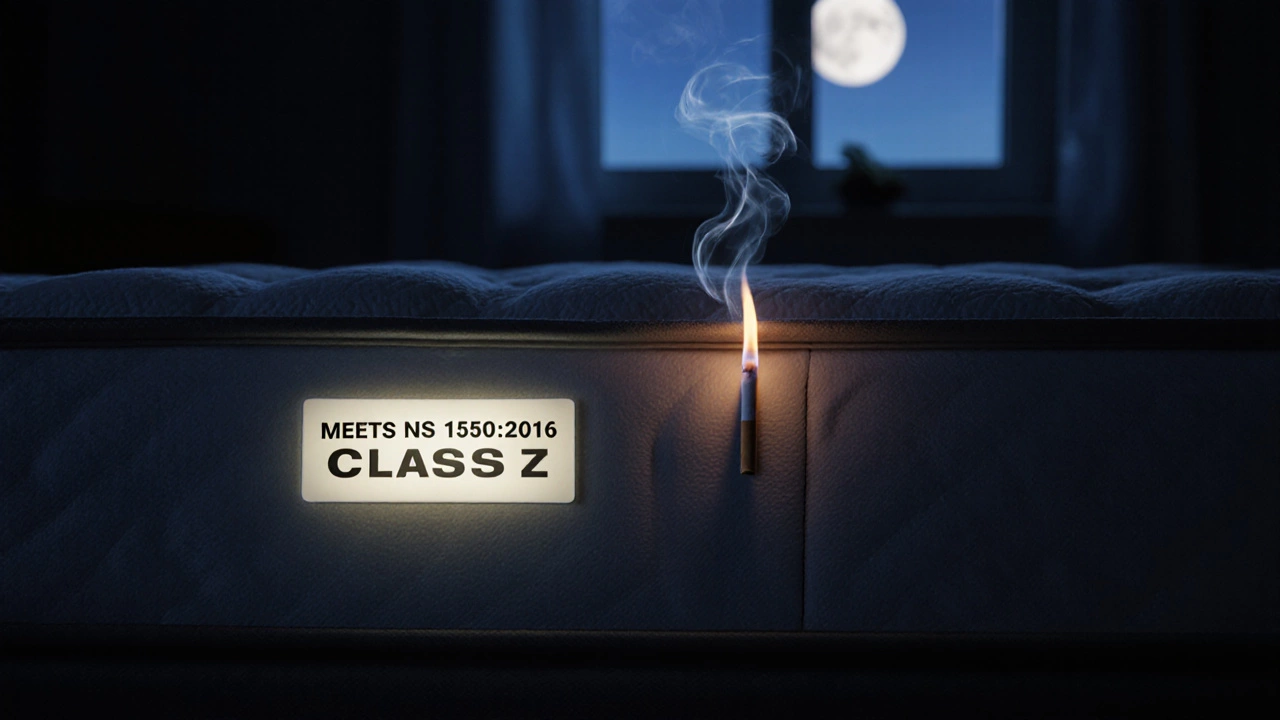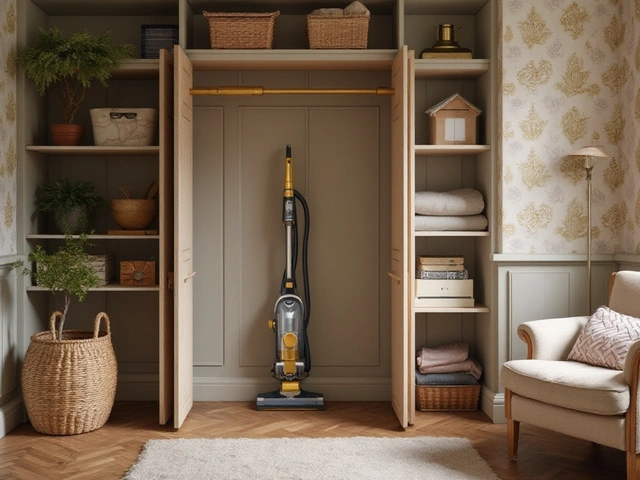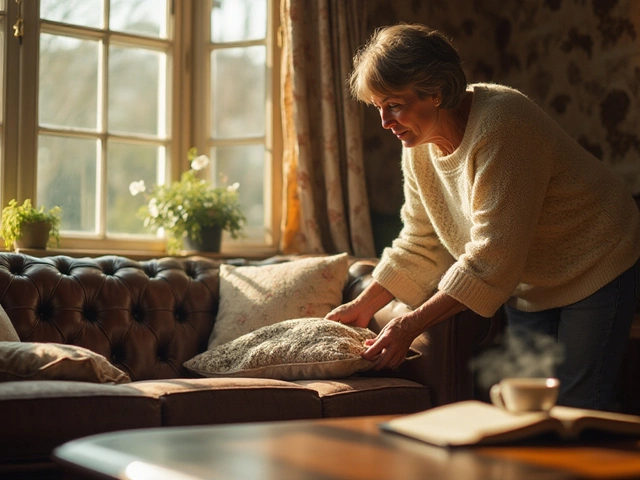Mattress Safety: What You Need to Know for a Healthier Sleep
When you buy a mattress, a foam or spring-based sleeping surface designed for comfort and support. Also known as a bed, it's one of the most used pieces of furniture in your home. But how safe is it? Most people never think about what’s inside their mattress until they hear about chemicals, flame retardants, or off-gassing. The truth? Not all mattresses are created equal when it comes to safety—and your sleep quality depends on more than just firmness.
Behind the fabric, many mattresses contain polyurethane foam, a petroleum-based material commonly used for cushioning in furniture and bedding, which can release volatile organic compounds (VOCs) when new. These chemicals may cause headaches, throat irritation, or allergic reactions in sensitive people. Then there’s flame retardants, chemicals added to meet fire safety standards. While they’re meant to protect you, some older or low-quality ones have been linked to hormone disruption and developmental issues. The good news? Regulations have improved. Look for mattresses labeled as GREENGUARD Certified or OEKO-TEX Standard 100—these mean lower chemical emissions and safer materials.
If you’re buying for a baby, crib mattress safety, the specific standards for infant sleep surfaces to reduce suffocation and SIDS risk becomes even more critical. A crib mattress should be firm, fit tightly in the frame, and have no soft padding or toppers. No fluffy blankets, no pillows, no stuffed animals—just a flat, firm surface. The same goes for toddlers transitioning out of cribs: safety doesn’t stop when they move to a big kid bed.
You don’t need to spend thousands to get a safe mattress. Many affordable options now use natural latex, organic cotton, or wool as fire barriers instead of synthetic chemicals. Check the manufacturer’s website for full material disclosures—any brand that hides ingredients is probably hiding something. And if your mattress smells strongly when you unbox it, let it air out for a few days before sleeping on it. That smell? It’s not just newness. It’s chemistry.
What you’ll find below are real guides from people who’ve dug into mattress labels, tested off-gassing, and chosen safer options for their families. From how to spot hidden toxins to which certifications actually matter, these posts give you the facts—not marketing. Whether you’re upgrading your own bed or setting up a nursery, you’ll walk away knowing exactly what to look for—and what to walk away from.

What is Class Z bedding? Understanding the new standard for mattress safety
Class Z bedding is a New Zealand fire safety standard for mattresses and bedding sets. It ensures products resist ignition and slow flame spread, giving you critical time to escape in a fire. Learn how to identify compliant products and why it matters.
Categories
- Storage (27)
- Bathroom (17)
- Sofas (15)
- Curtains (14)
- Home Decor (12)
- Bedding (10)
- Kitchenware (10)
- Cushions (10)
- Mirrors (10)
- Rugs (9)
Popular Articles



